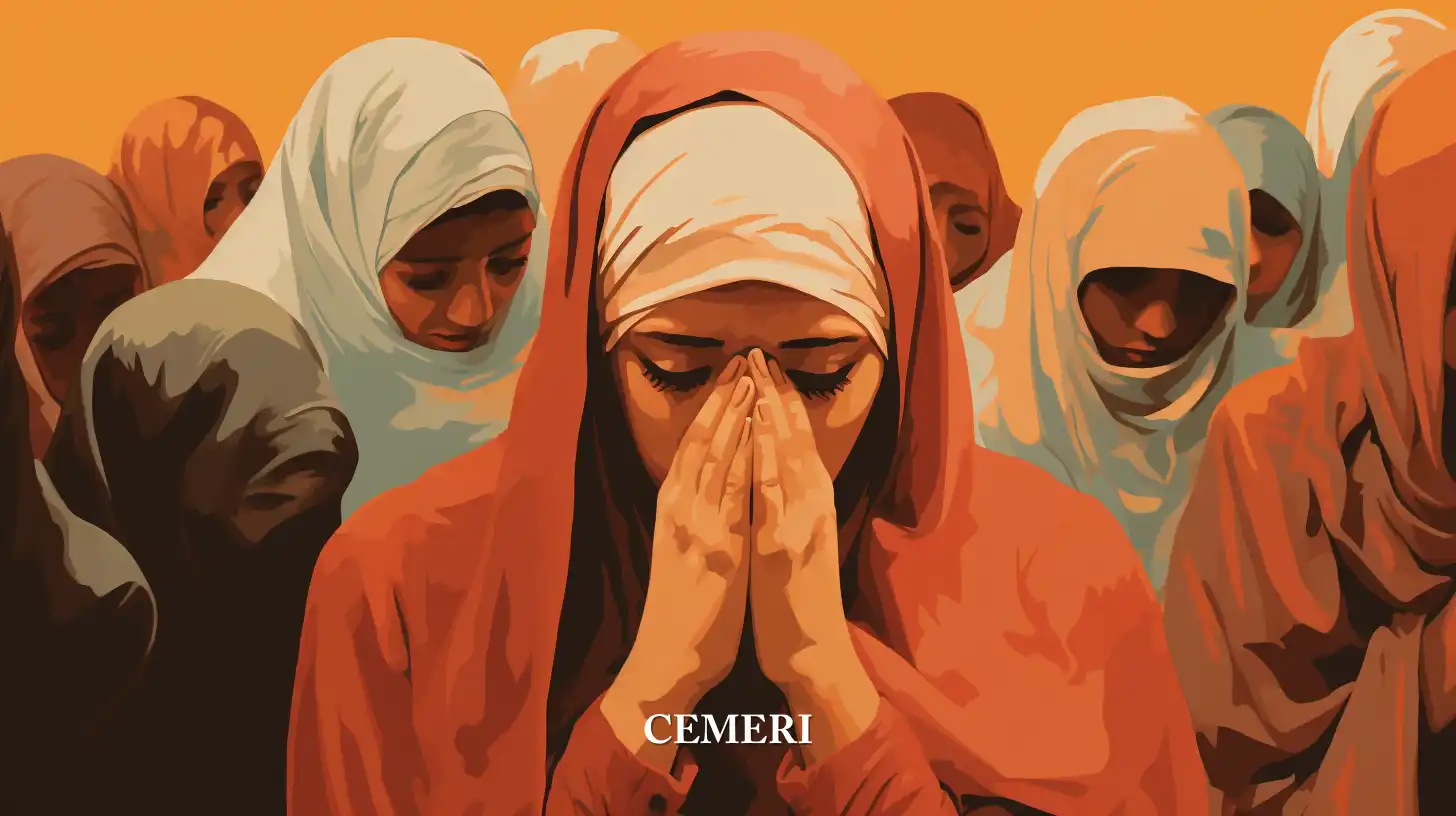Encyclopedia
Andrea Garfia
What is the clash of civilizations?
- Civilization is the highest cultural grouping of people, the broadest level of cultural identity possessed by peoples and the factor that distinguishes them.

The clash of civilizations is a theory of International Relations, developed by the American Political Scientist Samuel Huntington 1 (1927-2008), this was published as an article in the Foreign Affairs magazine in 1993 and later in his famous book "The Clash of Civilizations". and the reconfiguration of the world order” in 1996, with the aim of understanding what would give rise to the new world conflicts.
Samuel Huntington put forward the idea of a new world order after the Cold War, when the communist world collapsed and the international system that was in it became history. His main thesis maintained that: “the most important distinctions between peoples would no longer be ideological, political or economic; but cultural.
Huntington came up with the idea that people and nations are trying to answer the most basic question that human beings can face: who are we?, and they were answering it in their traditional way, referring to the things most important to them, among these, their religion, the language they speak, the history they share, the values, customs and institutions that define them. They identify with cultural groups: tribes, ethnic groups, religious communities, nations, and, at the highest level, civilizations. (Huntington, 1997: 16).
But what did Huntighton understand by civilization? The author mentions that civilization is the highest cultural grouping of people, the broadest level of cultural identity that peoples possess and the factor that distinguishes them. Civilizations include common ''objective'' elements, such as language, history, religion, and customs. (Betts, Richard, 2010).
Subsequently, the author established eight main civilizations: Western, Islamic, Orthodox, Japanese, African, Hindu, Sinic or Confucian and Latin American, to which Buddhist culture was also added. (The World Order, 2021).
He singles out three of them as "the dominant civilizations" these are: the Western, the Confucian and the Orthodox. Western civilization, led by the United States, encompasses Europe, North America and the great countries of Oceania. Orthodox civilization, with Russia at its head, encompasses the countries of Eastern Europe and Western Asia. And the Confucian Civilization 2 includes China and some countries in its area of influence. It is worth mentioning that the other civilizations do not have a leading country, however, their areas of influence are: for the Latin American civilization, Central and South America; the African, Sub-Saharan Africa; the Islamic, Middle East and North Africa; the Hindu and Buddhist culture, the Indian area; and the Japanese essentially understands the country itself. (The World Order, 2021).
| Civilization | Countries or continents that it involves |
|---|---|
| Western | Europe, North America, Oceania |
| Orthodox | Eastern Europe and Western Asia |
| Confucian | China and surroundings |
| Latin American | Central and South America |
| African | Sub-Saharan Africa |
| Islamic | Middle East, North Africa |
| Hindu | India |
| Japanese | Japan |
What is the clash of civilizations? What are the main causes of the clash of civilizations?
"Clashes between civilizations are the greatest threat to world peace and the established international order." – Samuel Huntington
The clash of civilizations, referred to by Huntington as "The Fault Lines", are those areas in which civilizations transform the political and ideological borders of the Cold War into flashpoints of crisis and bloodshed. (Bautista and Molina, 2018: 222).
The author established that there were two main reasons for these conflicts between civilizations. On the one hand, at the particular or micro level, conflicts on the fault line occur between neighboring States belonging to different civilizations, and between groups of different civilizations within the same State; while, at a macro level, states of different civilizations compete for relative military and economic power, vie for control of institutions international and third party organizations promoting political and religious values. (Bautista and Molina, 2018: 223).
Based on the foregoing, we can establish that: for several years now humanity has entered an era in which interactions between countries are constantly increasing, mainly caused by the increase in population, technological progress and trade, further reinforcing the relations between countries, giving rise to the phenomenon called - globalization -, forcing different civilizations to have to live together in the same region, sharing space, culture and traditions. Undoubtedly, a conflict between them, as Samuel Huntington rightly mentions, could be catastrophic and would even seriously threaten world peace and security.
Sources
Bautista y Molina. (2018). “El Choque de Civilizaciones al choque con la realidad: Samuel Huntington 20 años después”. En el Ágora USB. Vol.19. Num. 01. Pp. 223, 222. Disponible en: https://revistas.usb.edu.co/index.php/Agora/article/view/3392/3361. Fecha de consulta: 14 de febrero del 2022.
Betts, Richard. (2010). “The Clash at 20” En Foreign Affairs. Disponible en: https://www.foreignaffairs.com/system/files/c0007.pdf. Pp. 09. Fecha de consulta: 14 de febrero del 2022.
El Orden Mundial. (2021). “¿Qué es la teoría del “choque de civilizaciones?”. Disponible en: https://elordenmundial.com/que-es-la-teoria-del-choque-de- civilizaciones/#:~:text=La%20idea%20del%20choque%20de,final%20de%20la%20Guerra %20Fr%C3%ADa.&text=Lleg%C3%B3%20a%20la%20conclusi%C3%B3n%20de,grupos %20culturales%20o%20%E2%80%9Ccivilizaciones%E2%80%9D. Fecha de consulta: 15 de febrero del 2022.
El Orden Mundial. (2021). “¿Qué es el confucianismo y cuáles son sus principios”? Disponible en: https://elordenmundial.com/que-es-el-confucianismo-y-cuales-son-sus- principios/. Fecha de consulta: 15 de febrero del 2022.
Huntington, Samuel. (1997). El choque de las civilizaciones y la reconfiguración del orden mundial. Buenos Aires: Paidós.

